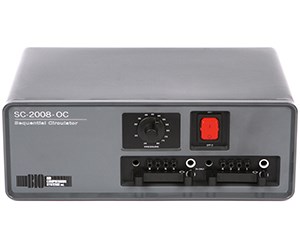
We got the probabilities thanks to the activation = "softmax" in the last layer. In classification, it is always recommended to return the probabilities for each class, just like we did with predict (the row sum is 1). y_data_pred_oneh=predict(model, x_data_test) On the contrary, predict returns the same dimension that was received when training (n-rows, n-classes to predict). predict_classes automatically does the one-hot decoding. Please note that the dimension is 1000 rows and 2 columns. Predicting new cases: y_data_pred=predict_classes(model, x_data_test) Let’s fit (train) the model: history = fit(model, x_data, y_data_oneh, epochs = 20, batch_size = 128, validation_split = 0.2)Ĭreating ‘unseen’ input test data (1000 rows, 3 columns): x_data_test=matrix(data=runif(3000), nrow=1000, ncol=3) compile(model, loss = "categorical_crossentropy", optimizer = optimizer_rmsprop(), metrics = "accuracy") Now it’s time to define the loss and optimizer functions, and the metric to optimize.Īlthough it says “accuracy”, keras recognizes the nature of the output (classification), and uses the categorical_accuracy on the backend. You can check the model and the shapes per layer: model The third layer_dense, which represents the final output, has 2 ( ncol(y_data_oneh)) units representing the two possible outcomes. The second layer doesn’t have an input_shape since Keras infers it from the previous layer. In deep learning almost everything is vectors (or tensors). In the first layer the input_shape represents a vector with the value 3 ( ncol(x_data)) indicating the number of input variables. The most important parameters by now are: Layer_dense(units = ncol(y_data_oneh), activation = "softmax") Layer_dense(units = 64, activation = "relu") %>% Layer_dense(units = 64, activation = "relu", input_shape = ncol(x_data)) %>% So in total we’ll have an input layer and the output layer. In the next example, we are stacking three dense layers, and keras builds an implicit input layer with your data, using the input_shape parameter. The simplest model in Keras is the sequential, which is built by stacking layers sequentially. Note: We don’t need to convert the input variables since they are numerical.

Installing / Loading Keras # install.packages("keras") # Input: 10000 rows and 3 columns of uniform distribution The model will recognize that the sum of the three numbers is above a threshold of 1.5, otherwise it will be 0. The input data will be 10000 rows and three columns coming from the uniform distribution.
SEQUENTIAL MODEL CODE
You can find the complete code of this tutorial on Github ?
SEQUENTIAL MODEL HOW TO
How to evaluate the model (training vs.Choosing the input and output shape/dimensions in the layers.We will particularly focus on the shape of the arrays, which is one of the most common pitfalls. Tl dr: This tutorial will introduce the Deep Learning classification task with Keras.


 0 kommentar(er)
0 kommentar(er)
